1
HOME > Tips & Advice >
HOW TO PICK OUT THE RIGHT PAIR OF WINTER BOOTS
THE FACTORS TO CONSIDER TO MAKE SURE THEY DO THEIR JOB
Written by Ivan Yaskey in Tips & Advice on the 1st January 2018
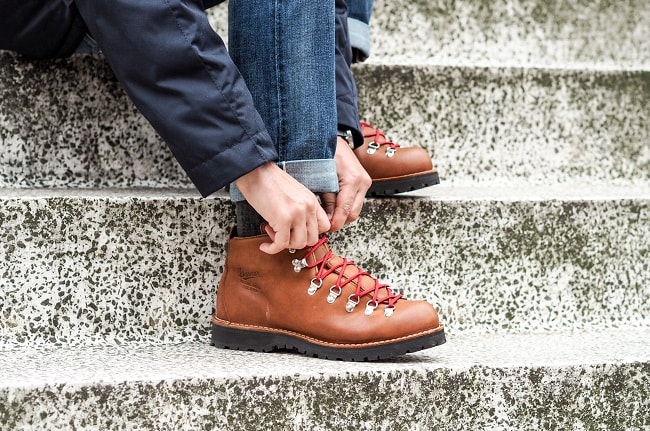
It’s easy to end up with winter boots that don’t really do their job. That is, something on-point for the office – read: no polyurethane outers and bulky insulation – and a pair that knows how to hold onto warmth. Finding them turns into a tricky balancing act between fashion and function, with detours into hiking guides that prove to be of little use to you. First, let’s define what makes a good pair of winter boots. For one, it needs to be suited to everyday wear: Ideally, a lace-up or taller Chelsea silhouette that falls under your trousers. Its exterior must seamlessly blend into your work wardrobe, to the point that, visually, it looks almost no different from something you’d take out for autumn or spring. Maybe a darker hue, waterproof treatment, and a somewhat-lugged outsole to suit the weather better, but that’s as far as you want to go.
The interior, by contrast, should have some performance elements. While you won’t wear these out into the backcountry, a thin lining should provide some combination of: insulation, preferably offering a moderate degree of warmth for low weight and moisture-wicking properties to avoid that sweaty sensation, and a waterproof membrane, to supplement whatever’s on the outside. Complementing this, cushioning could be an asset if you’ll be on your feet all day and need something ergonomic. As an AW17 trend, the workwear-influenced boot hits most of these qualities, but as you’re shopping around, what factors should you look for?
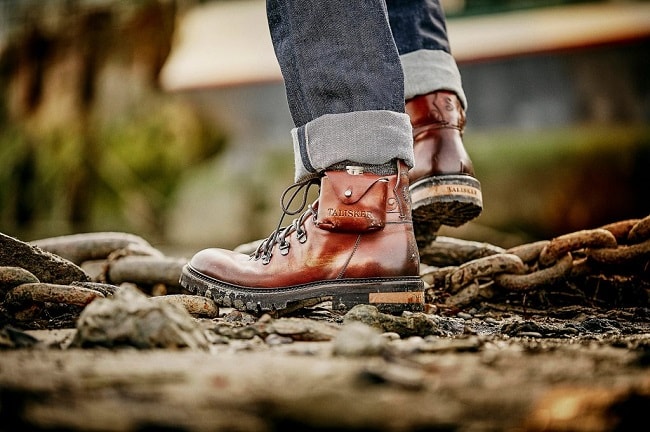
Start With a Tough, Good-Looking Upper
When you focus primarily on dressing sharp, your eyes automatically go for the visuals. While that’s going to get you a firm foundation, it’s not enough. Think about finding yourself in a pair of leaky boots as you’re shoveling snow or walking to the subway, and you’ll understand the reason tougher construction is essential. Yet, few will be amused when you show up in hikers or traditional work boots. The key, here, is striking the right mix. Ideally, the upper features a leather exterior – anything from full-grain to nubuck should do – or fully seam-sealed synthetic with at least 6 inch height. Visually, look for something with more of a wingtip style – Brogues or Oxfords – and go with laces over a side zipper. Getting a closer, more secure fit is easier with the former. But, beyond avoiding a style with perforations, make sure its protective nature begins from the exterior. Yes, a waterproof boot on the inside might be enough, but double up with a treated outer. Aim for something at least water-resistant, if not made out of waterproof leather. In a pinch, spray your boots with a waterproofer a few days before you head out in them.
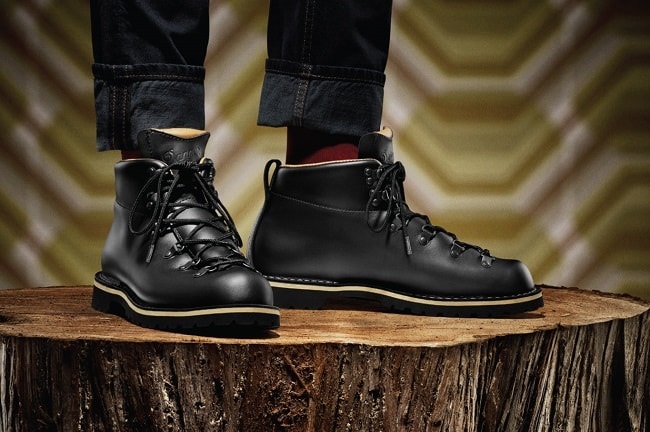
Think About Insulation
Where will you be wearing your boots? Is it just for your commute, work, and the weekend, or will you be spending at least a few hours outdoors shoveling snow? In the latter scenario, just having that interior layer of insulation makes the difference between being moderately comfortable and literally shaking in your boots. So, when you find yourself in this situation at least a few times per season, look for a pair designed to trap warmth. Insulation generally comes in one of the following forms: Fabric Lining – The most basic and thinnest, all this creates is an extra layer, usually enhanced with moisture-wicking properties to control perspiration. Some liners may be built-in, while others can be removed to suit your comfort level. Fleece – Typically synthetic, this material offers more substance – and therefore more warmth than fabric alone. Synthetic Insulation – Materials like Thinsulate and Polartec are known for offering a high degree of warmth for their weight, and as a result, are staples of workwear and outdoor boots. Shearling – Much like with your jacket, natural, completely authentic shearling is like wearing a blanket around your foot. But, should you encounter faux shearling or Sherpa, realise that the style is generally a fashion boot and not built to handle repeat use through winter. Understand, though, that insulation alone seldom offers waterproof protection. To supplement it and avoid that wet-sock sensation, seek out a style with GORE-TEX or a waterproof lining with breathable, moisture-blocking construction.
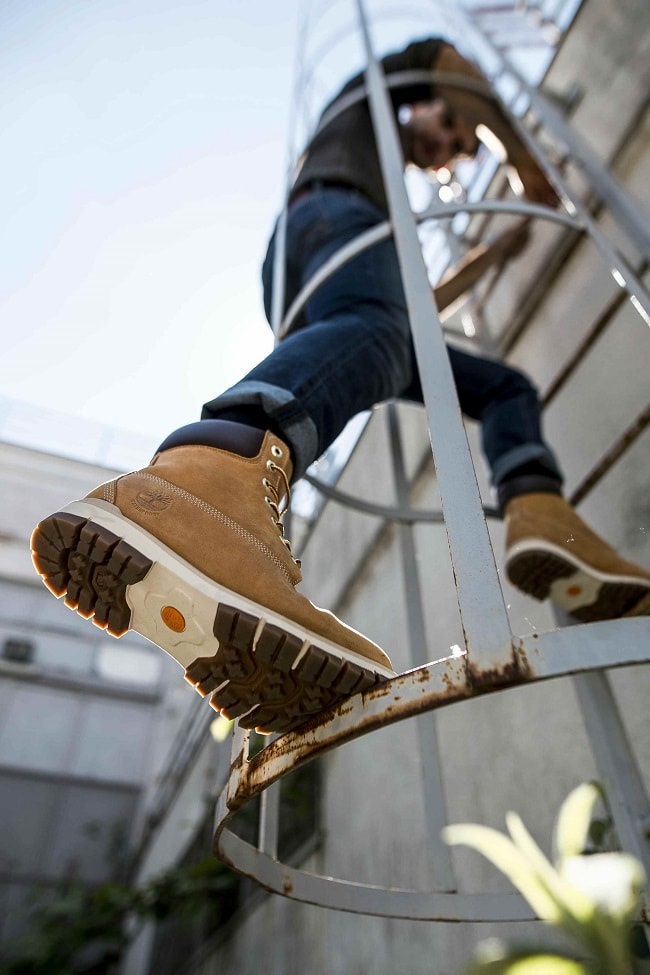
Go Below
Without a quality outsole, your boots are essentially useless. Who wants to be slipping and sliding around on the sidewalk, when you’re just trying to walk to your car? With this in mind, don’t just look for texture; rather, rubber, TPR, or Vibram with slip, oil, and abrasion resistance keeps you far more stable. You’ll still have to watch your step, but the chances you’ll go flying drastically decreases. Also, so you’re not tracking mud into the office or back into the home, consider deeper lugs. Generally, this feature – another outdoor and workwear staple – helps shed any dirt or debris, which not only keeps your floors looking decent but further eliminates extra maintenance later on.
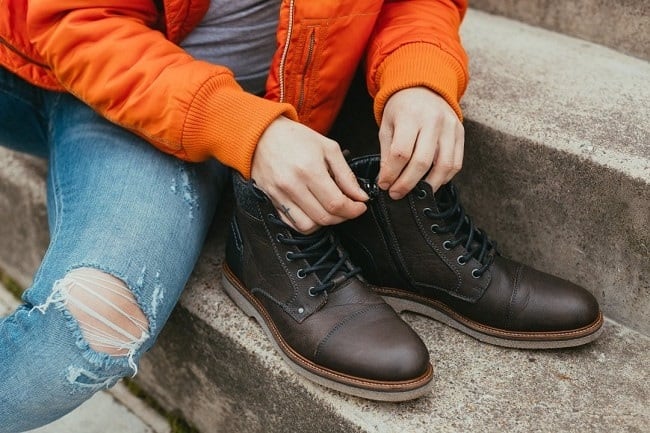

Trending
2
3
4
5
6
7
8
9
10









